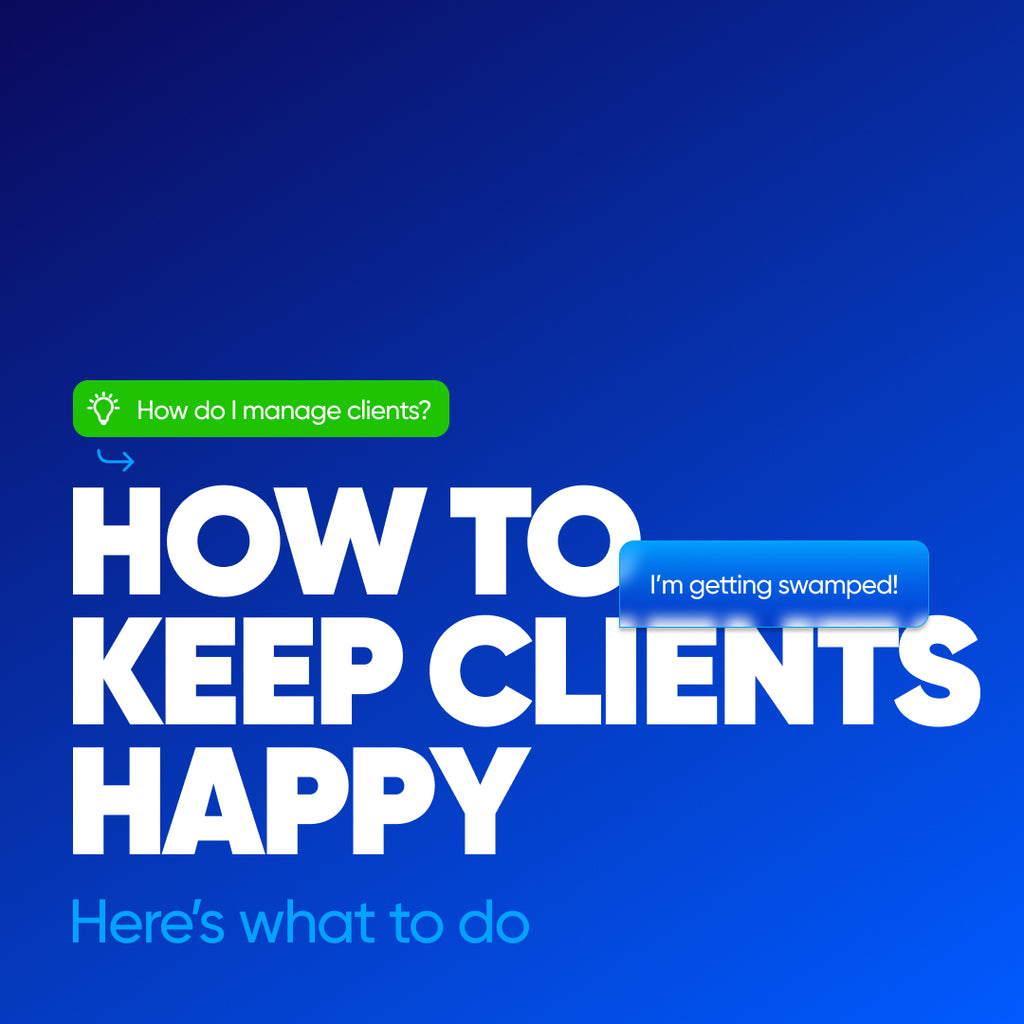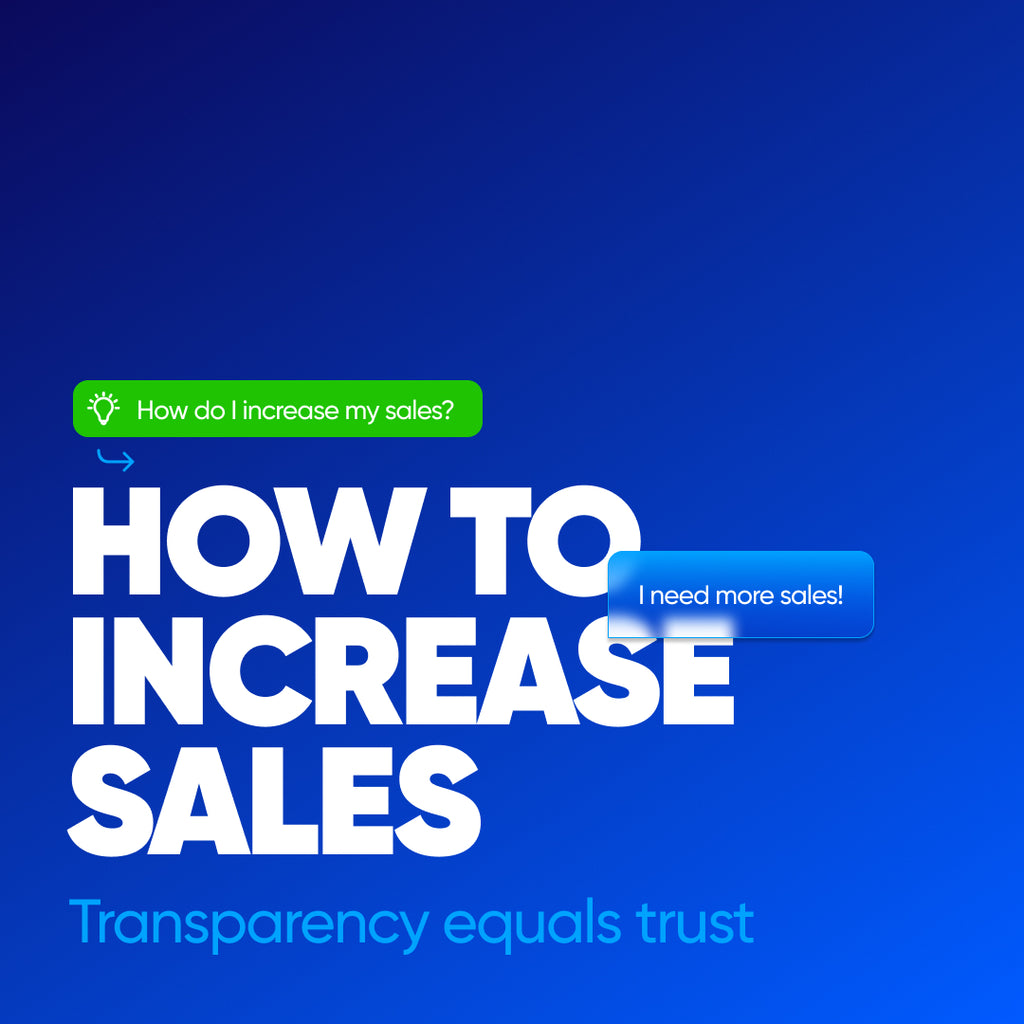How to Create a Customer Profile
The old way of choosing demographics based on Age or Race is dead, and it never worked for building your customer profile. This information looks nice as your sales team presents it, but it needs to tell the story of who is buying your product or service.
How to create a customer profile in 5 steps.
Here are the top 5 core steps to creating your customer profile:
-
Problems and Desires
-
Solutions and Benefits
-
Experience and Story
-
Services and Solutions
-
Crafting a Story
Why don't "old" customer profiles work?
Walk down the street or through a mall and notice how many people use an Apple iPhone. Now, at first glance, what do they all have in common? The answer is nothing. This is the problem with a traditional customer profile.
If we start our customer profiles with demographic information, we may try to sell that iPhone to a "35-year-old caucasian Mother who earns over $100,000." Now, look back at all of the people on an iPhone; there's probably a 75-year-old man ready to retire, a 40-year-old woman answering her email, and a 16-year-old girl making a TikTok.
What do they have in common? They all have iPhones; none are on your "old school" customer profile. But nothing else.
You might refute that and say, "That 16-year-old girl's parents bought her that phone," and you'd be right. But if you have kids, you know it's not you as a parent making the purchasing decision. It's just you paying for it.
What is the best way to create a customer profile?
Over the past twenty years of marketing strategy experience as a Creative Director, I've built this customer profile template you can download here, giving you the exact method to create a customer profile that works.
Here are my 5 steps to creating a customer profile:
Step 1: Problems and Desires
The first step in creating customer profiles is to list the top three problems the customer is facing and the desired outcome the customer would like to achieve.
Let's outline some problems that our above three users might be facing, and remember, we don't want to communicate "pain points," customers know their pain and don't want to be reminded of it when interacting with you. So we use desire instead, and it's a much better indicator of what the client wants.
To explain this a bit further, let's use an example:
Problem: Can't easily communicate with work.
Now, we can go the Desire or Pain route; I prefer Desire, and here's why:
Desire: Wants to be connected to their manager to demonstrate they're a great team member.
Pain: They will get fired or miss a promotion if they're not always on their phone.
Both are true, but one is overwhelmingly positive, and one is overwhelmingly negative. Yes, fear is a great motivator, but how many great brands use fear as a marketing tactic? Not many; I sure don't feel scared when I go to the Apple site; I feel inspired.
Step 2: Solutions and Benefits
The second step in creating customer profiles is to list the top three solutions you provide the client and the benefits they receive from your solution.
Again, we're leading with positivity. We want to inspire, not fear, so aim for positive benefits instead of negative benefits. "Hold on, a negative benefit is an oxymoron," my audience is so smart, I know, I know, but here's an example for you:
Solution: All of your contacts are accessible at a tap on the screen
Positive Benefit: Reach your promotion goals with instant response.
Negative Benefit: You won't get fired because you're unreachable.
When we create customer profiles, we want to focus on customer loyalty and not scare them into buying. Sure, fear does work, but your ideal customer returns repeatedly. Your marketing and sales teams will suffer if they speak negatively to their target audience.
Step 3: Experience and Story
The third step is proving that you have the product or service the client wants and why you have been successful in the past.
We want to turn your product or service into a great story. We don't want to describe what the customer is getting. Yes, it's essential, but more importantly, the customer wants to feel like part of the brand.
Your customer profile is a critical part of your brand, and when I say brand, an easy way to explain it is this:
Think about Apple again (I know I use this as an example, but it's a good one; bear with me). Now, when you think of Apple, if they were to make a car, can you picture what it would look like?
You can, right? I know I can.
Now let's use Hyatt Hotels, a multi-billion dollar brand in its own right. Now, picture Hyatt making a car. What would the car look like?
You're probably like, huh? Me neither.
That's the difference between having a company and having a brand. Both are very valuable, but a brand sets you apart; it makes customers buy from you for decades and use your product as a status symbol. When you don't have a brand, customers look for price and convenience.
So, back to Experience and Story, now we know what we're trying to achieve.
I sell the brand building, create products from scratch, then work with my clients through every step of design, development, marketing, sales, and finally, exiting the business. That's the "what."
The Experience and Story: I have over twenty years of experience, with my "claim to fame" of being on the team that created Nespresso. As a graphic designer, many of my clients would ask if I could build their website, help them with social media, and make their products. I learned this by creating my product, Dawg Grillz, which I sold after appearing on The Dragons' Den TV Show. That experience taught me every step of the product lifecycle, from the initial idea to the logistics of scaling and finally exiting the business.
Step 4: Services & Solutions
The final step in gathering information before we compile everything into a compelling story is the "what" and "how."
This is where you can be much more specific about what you do and how the customer can purchase your product and service.
Many brands have difficulty setting pricing, and it's a common concern, but there is a strategy around it where you can appeal to a wider range of budgets.
If you look at companies like Apple, Tesla, or Hermes, you'll see a wide range of options, often +3 options per product line at various prices. Even luxury brands can have entry-level product pricing that allows customers without a large budget to be a part of the brand.
Your strategy should be the same: with every solution you provide, there should be a high, middle, and low price, spaced far enough apart to appeal to a wide budget range but close enough together that the customer will consider the next tier up.
In this section, it's fairly simple: you want to write down 3 Products or Services you provide, then 3 Tiers of pricing for each of them.
Step 5: Writing your Customer Profile
In this version of your customer profile, you will assemble all of the information you have collected from the above steps and turn it into a cohesive sales pitch that resonates with your customer.
Customers interact with your digital and print communications by scanning them. Even if you're writing informational content, like this blog post, structure goes a long way to appeal to your ideal customer. Existing customers will also benefit as your newfound understanding of their issues may bring them back, which increases lifetime value.
The next benefit is for search engine optimization. When you structure content correctly, Google and other search engines can easily scan your page and understand the structure while indexing the content for the search results page.
Here is how to structure your content to increase conversion rate:
-
Heading 1 - Define the problem
-
Subheading 1 - Define the desired solution
-
Paragraph 1 - Demonstrate understanding
-
Heading 2 - Describe the benefit
-
Subheading 2 - Specific action to achieve the benefit
-
Paragraph 2 - How you solved the problem using your experience
-
Bullet Points - Easily scannable summary of the above in point form
-
Services - Services and direct links to solve the problem
-
Call to Action - Descriptive step on what the user should do next
This is how you use the customer feedback you have developed to create a customer profile that will help you and your sales team use customer data to target your ideal customer. By combining customer paint points, you will much more easily develop potential customers and make your sales and marketing campaigns much more successful.
Customer service teams depend on customer profiles
Marketing and sales campaigns rely on having multiple customer profiles to work from. Ensure you develop multiple customer profiles to target customers who want your product or service. Your customer service team will easily be able to create a customer journey map and enhance their sales efforts with customer profiling.
Your ideal customer isn't far away when you know how to use customer data to increase your customer base. Marketing strategies rely on customer personas to increase customer experience, expand offers to current customers, and attract ideal customers through accurate customer profiles.
These customer profile examples help your sales and marketing teams create a target audience and increase the chance they will become potential customers. Increasing sales is always the most challenging part of building any business, but I hope this will make your marketing and sales efforts more effective.
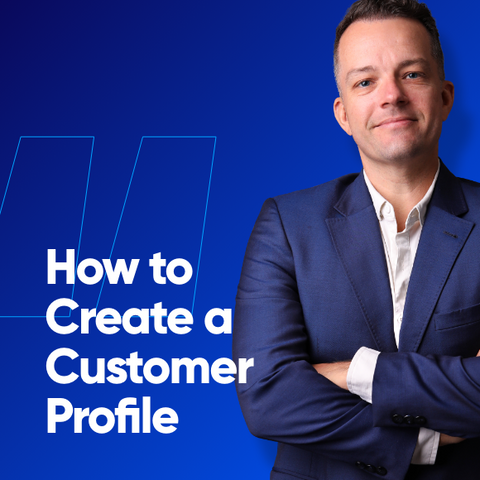
How to Create a Customer Profile
Then, pick one of these:
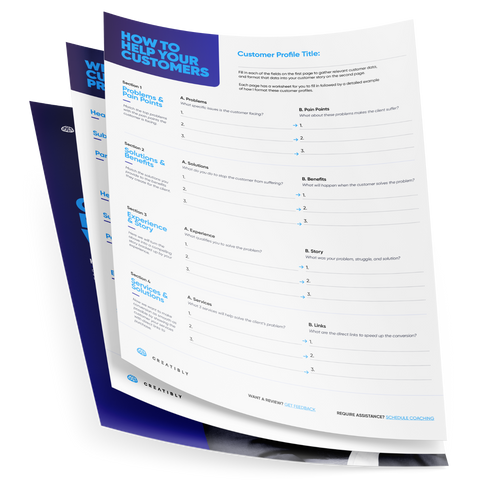
Customer Profile Template
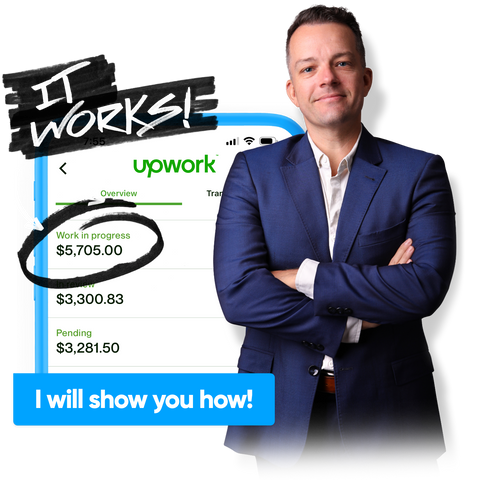
Freelance Coach
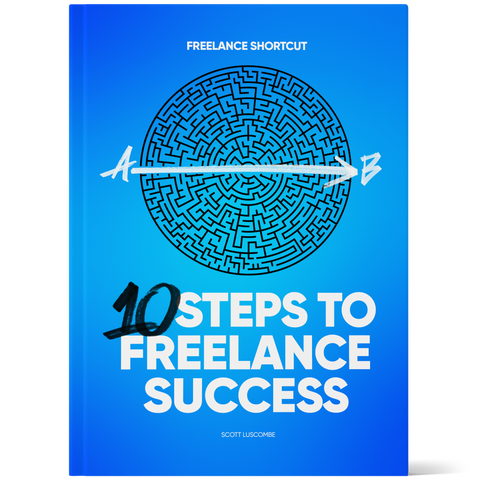
Freelance Book - 10 Step Success Shortcut
Third, try these:

Create a Shopify Store!

Write Content to Rank on Google!



